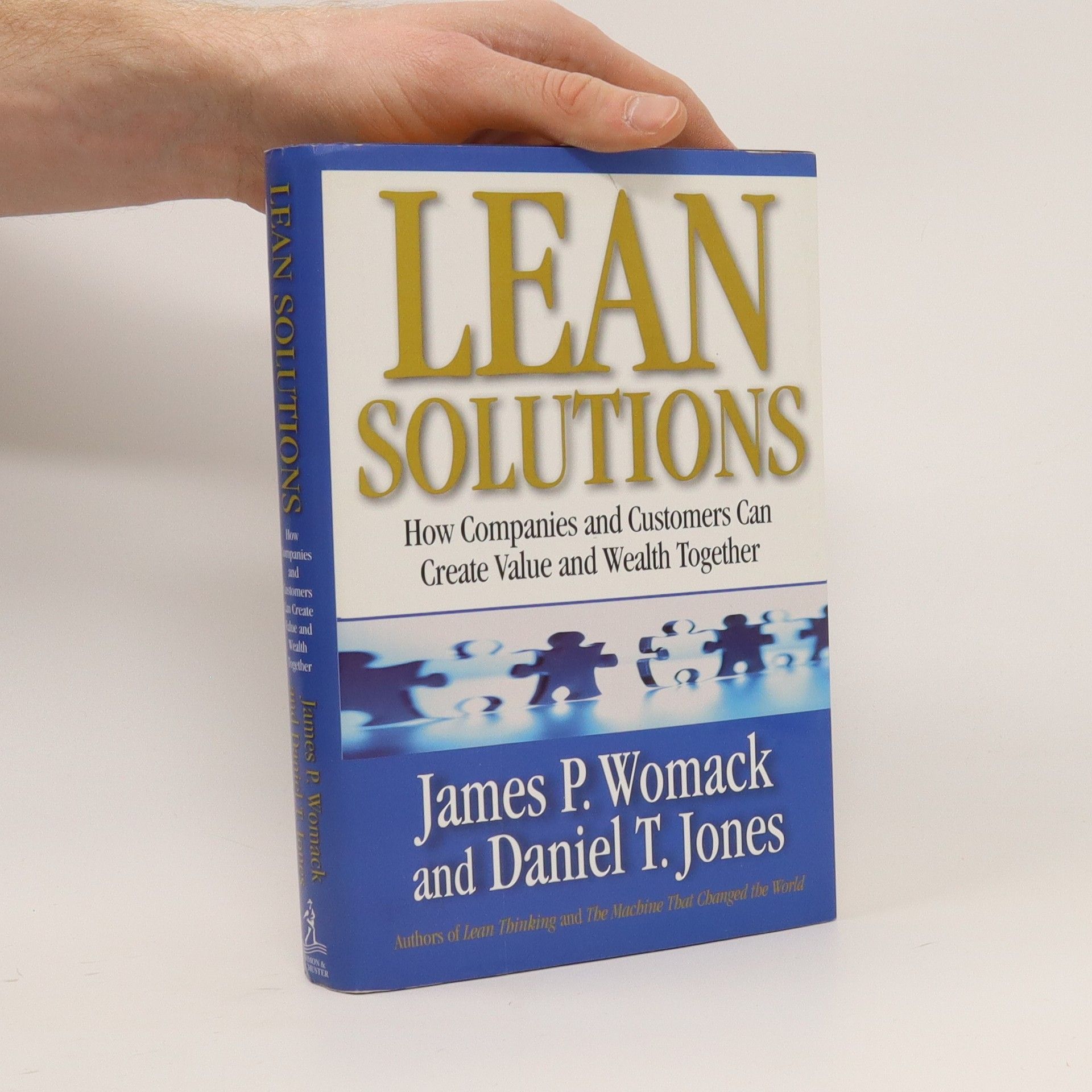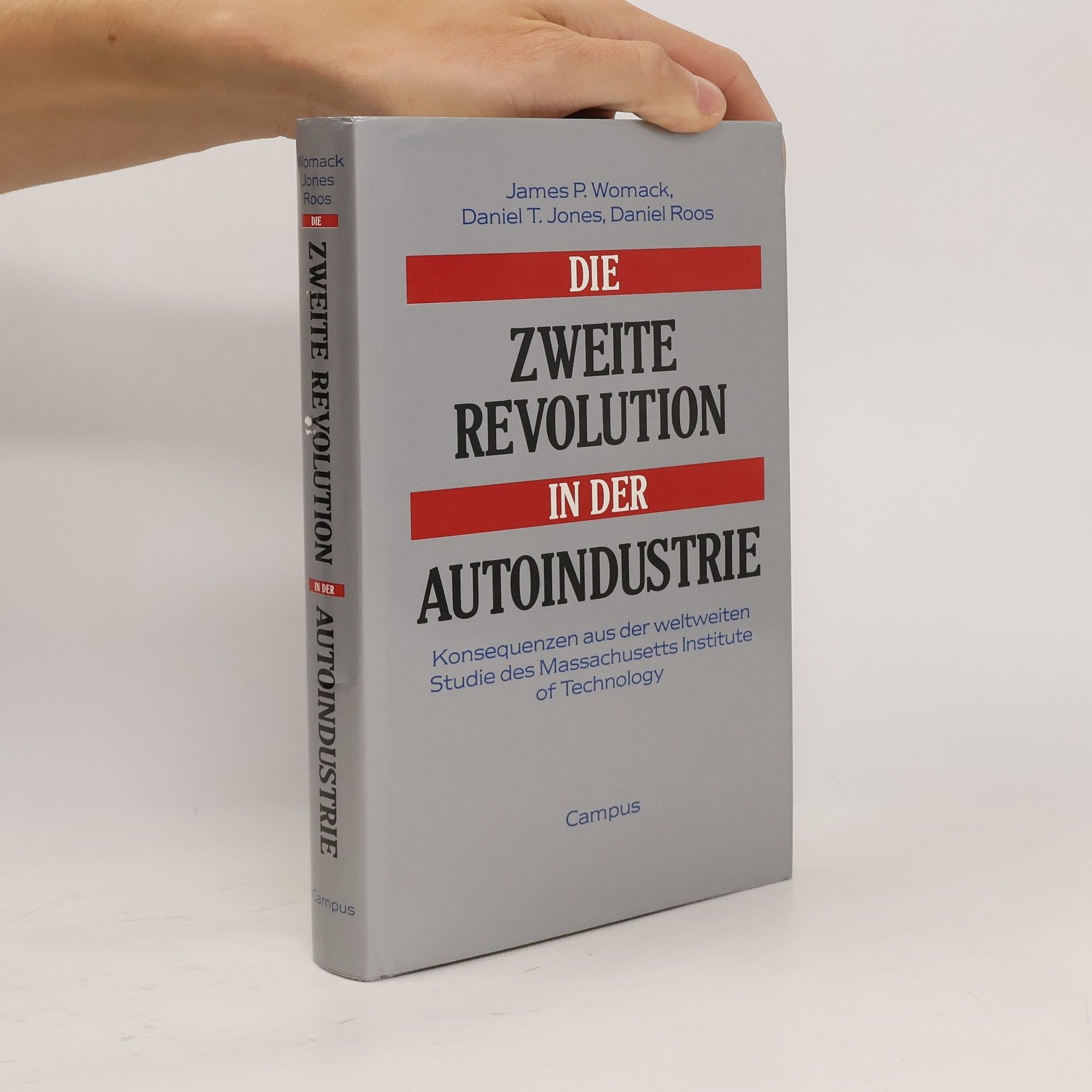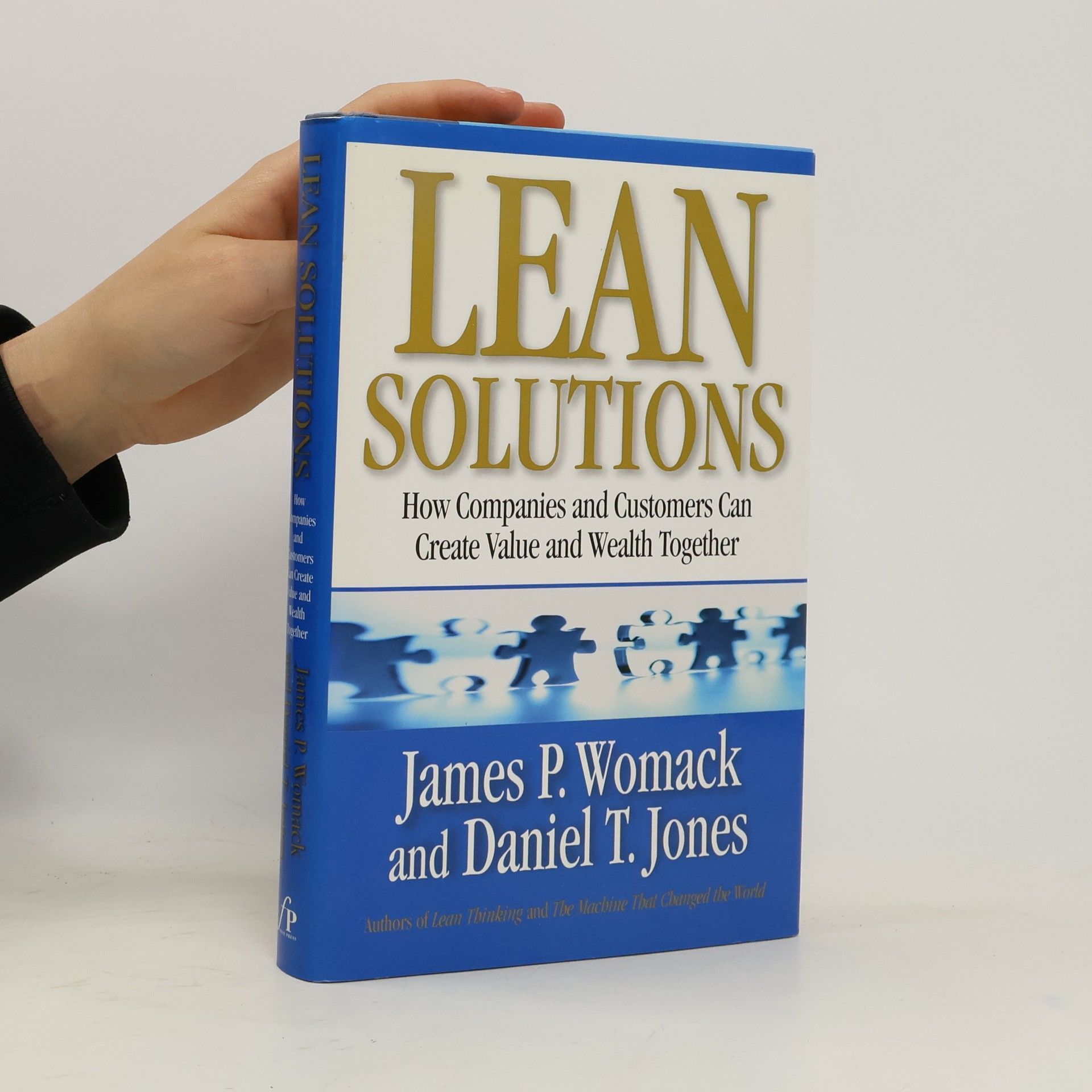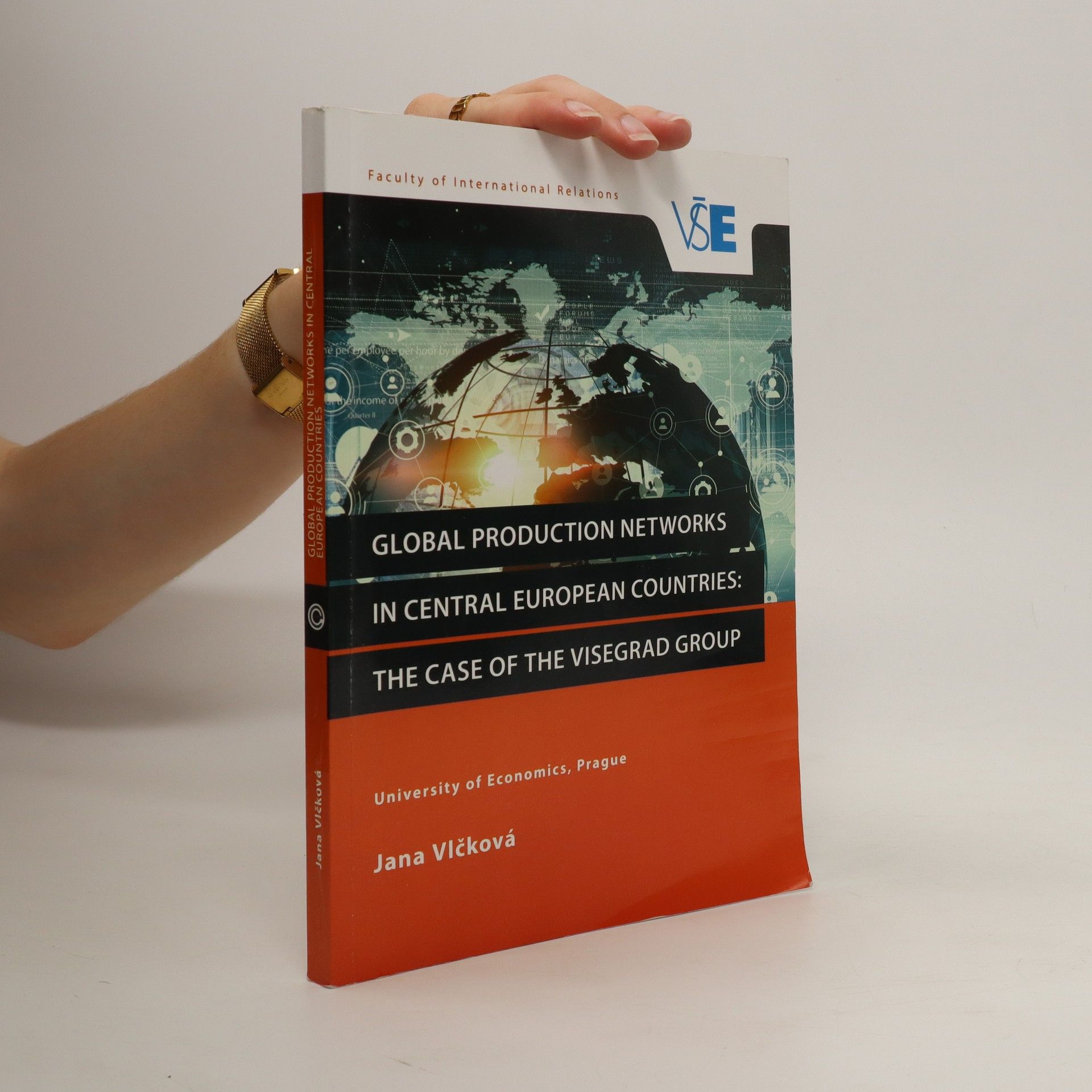AuszugDie zweite Revolution in der Autoindustrie ist das anerkannte Standardwerk zur schlanken Produktion. »Lean Production« hat inzwischen auch bei vielen europäischen Unternehmen die Produk- tivität verdoppelt, Qualität verbessert und gleichzeitig Kosten gesenkt. Sie verändert über die Autoindustrie hinaus praktisch jede Industrie. »Ein spannend zu lesendes Buch, das mit vielen liebgewonnenen Vorurteilen aufräumt und nicht nur für die Automobilindustrie wegweisend ist.« Bilanz
James P. Womack Bücher






Der Erfolg in der Praxis zeigt: Lean Thinking macht aus den einzelnen Unternehmensbereichen, die am Produktionsprozess beteiligt sind, ein hoch effizientes Netzwerk, das so dicht wie möglich am Kunden arbeitet. An zahlreichen Beispielen von erfolgreichen Unternehmen aus verschiedenen Kontinenten zeigen die Autoren, wie die fünf Grundprinzipien des Lean Thinking umsetzbar sind und wie man mit ihnen Produkte und Prozesse optimiert. In dieser neuen Auflage gehen die Autoren in einem exklusiven Beitrag auf die Erfolgsgeschichte von Lean Management in Deutschland ein.
Homunculus
- 80 Seiten
- 3 Lesestunden
This third collection from award-winning poet and translator James Womack is a long poem remaking the Elegies of the 'last Roman poet' Maximianus, boldly exploring sex and old age.
In this text, the authors show consumers and companies alike how they can align their goals to achieve greater value with less waste.
This volume carefully traces the rise of the Toyota system from its take-off point in Ford's mass production system to its spread across the world, starting with the NUMMI joint venture with General Motors in California and now advancing in Europe, Latin America, and East Asia as well. It then identifies and describes the advantages of this system, which needs less of everything including time, human effort, inventories, and investment to produce products with fewer defects in smaller volumes at lower costs for fragmenting markets. The Machine That Changed the World even gave the system its name: lean. In the decade since its launch in the fall of 1990, The Machine That Changed the World has sold more than 600,000 copies in 11 languages and has introduced a whole generation of managers and engineers to lean thinking. No lean library is complete without this groundbreaking book. "The fundamentals of this system are applicable to every industry across the globea[and] will have a profound effect on human society. It will truly change the world." - New York Times Paperback / 1990 / 323 pages
Documents the evolution and application of "lean production" principles within the automobile industry, drawing on an MIT global study of industrial competition while documenting how Toyota implemented the lean business system at all stages from development and production to sales and service. Reprint. 25,000 first printing.
Lean Solutions
How Companies and Customers Can Create Value and Wealth Together
- 376 Seiten
- 14 Lesestunden
Gemba Walks
- 348 Seiten
- 13 Lesestunden
The life of lean is experiments. All authority for any sensei flows from experiments on the gemba [the place where work takes place], not from dogmatic interpretations of sacred texts or the few degrees of separation from the founders of the movement. In short, lean is not a religion but a daily practice of conducting experiments and accumulating knowledge." So writes Jim Womack, who over the past 30 years has developed a method of going to visit the gemba at countless companies and keenly observing how people work together to create value. Over the past decade, he has shared his thoughts and discoveries from these visits with the Lean Community through a monthly letter. With Gemba Walks, Womack has selected and re-organized his key letters, as well as written new material providing additional context. Gemba Walks shares his insights on topics ranging from the application of specific tools, to the role of management in sustaining lean, as well as the long-term prospects for this fundamental new way of creating value. Reading this book will reveal to readers a range of lean principles, as well as the basis for the critical lean practice of: go see, ask why, and show respect. Womack explains: * why companies need fewer heroes and more farmers (who work daily to improve the processes and systems needed for perfect work and who take the time and effort to produce long-term improvement) * how "good" people who work in "bad" processes become as "bad" as the process itself * how the real practice of showing respect comes down to helping workers frame and solve their own problems * how the short-term gains from lean tools can be translated to enduring change from lean management. * how the lean manager has a "restless desire to continually rethink the organization's problems, probe their root causes, and lead experiments to test the best currently known countermeasures" By sharing his personal path of discovery, Womack sheds new light on the co
This collection thinks about two main things: the efforts we make as individuals to find some form of connection between ourselves, and the efforts we make as a group to connect to the environment we live in.


